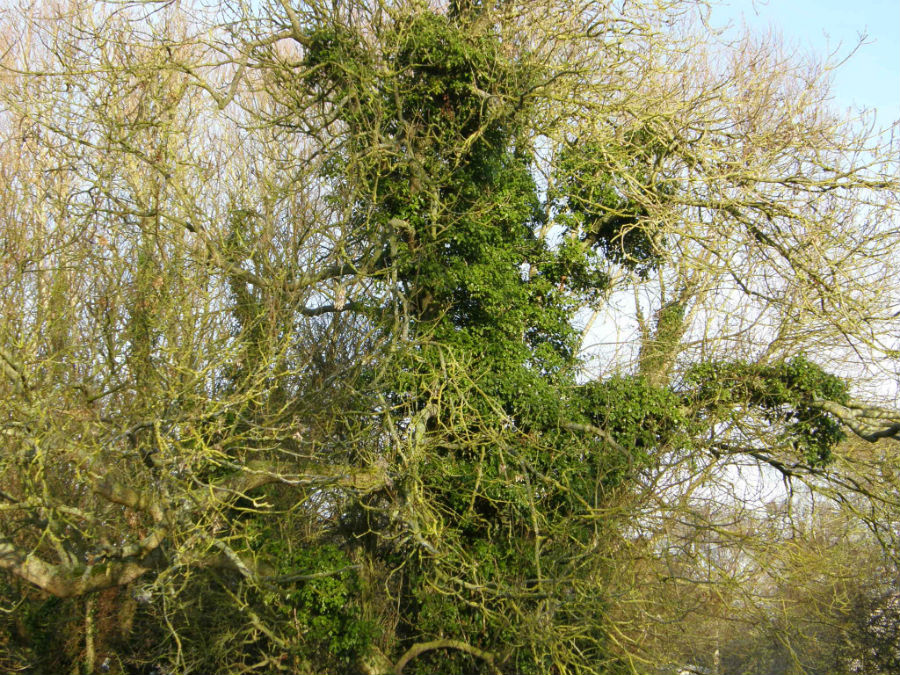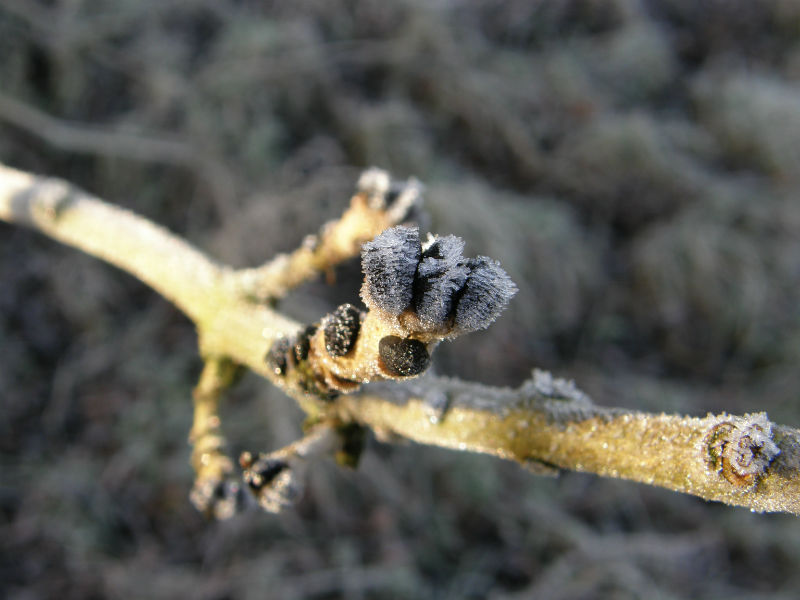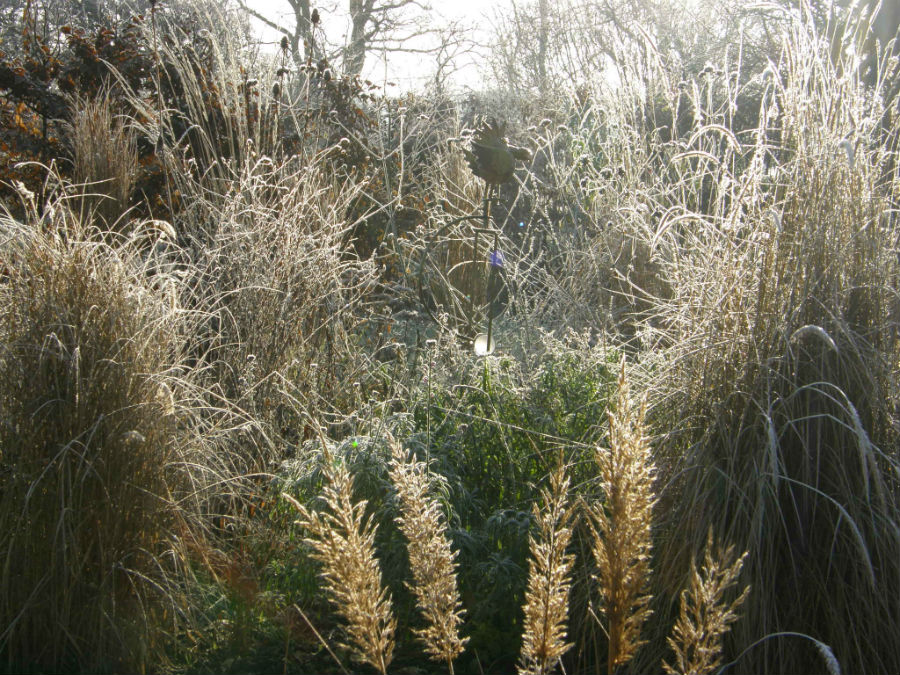
Today at 10:43AM the temperature is -2C but rising. The sun is beginning to clear corners of fields, green re-emerging from the glaze of white, drips patter down lightly as the frost melts. The Snow Queen is banished where the sun touches.
Currently two squirrels (grey), chaffinch, greenfinch, bullfinch and blackbirds are under the bird feeder, there is incessant to-ing and fro-ing from the feeder filled with sunflower seeds, primarily by Great Tits and some Blue Tits with an occasional intervention from robins. One squirrel is a great burier so I have a feeling there will be sunflowers emerging in random places when the time comes.
Ash trees
 I’ve been considering Dan Pearson’s latest Dig Delve piece about the ancient pollarded Ash trees in his valley around Bath.
I’ve been considering Dan Pearson’s latest Dig Delve piece about the ancient pollarded Ash trees in his valley around Bath.
We have Ash but generally quite young. I’m thinking, (DP makes me think about such things), that our treescape is generally only 60-70 years old. Someone who has lived in the village a long time says it was all Elm around here on the flat wet clayland at one time. Now we have Oaks marching across the landscape, willow and the occasional Ash.
Some Ash trees produced a lot of keys in 2015, and I thought they may be on their way out, a final push to regenerate before expiring. However, one on the edge of the garden gamely put out a few leaves again last year – so we’ll see. I did wonder this morning whether the Ash in the picture above (the sun had already done its work and melted the frost), is the mother of the five or six we have growing in fairly close proximity to us. Ash is an aggressive coloniser, the young seedlings are quick to plunge roots downwards fast, not a plant that’s easy to weed out!
A presumably self-seeded Ash interloper by the stream in the garden is favoured by the Spotted Woodpecker, Collared Doves and various corvids as a lookout post and continues to wrest apart the concrete of a retaining wall as it matures. One of its partially exposed roots appears to be sending out a fine tracery of rootlets which colonise the bed I’m trying to make under it, choking out the other plants. The leaves go black and slimy once they’ve fallen – not a pretty leaf drop at all.
But to be fair, when in full leaf the Ash tree has an elegant demeanour.

Frosty day
Otherwise plants are sparkling and twinkling, clothed in their dusting of frost. Or hunched and frozen waiting to be let loose from the iron grip of ice, the bergenia look particularly unhappy.

This bed is right by the house and was planted with the intention of being for more or less year-round interest. Frost lifts it, on grey boring winter days it tends to look a bit glum. In March most of the grasses will be razed to make way for this year’s growth, so it will look spartan for a while. The once fuzzy tails of Pennisetum Fairytails and Shogun are becoming more and more threadbare as they weather, the plumes of Calamagrostis brachytricha in the foreground are still quite perky.
